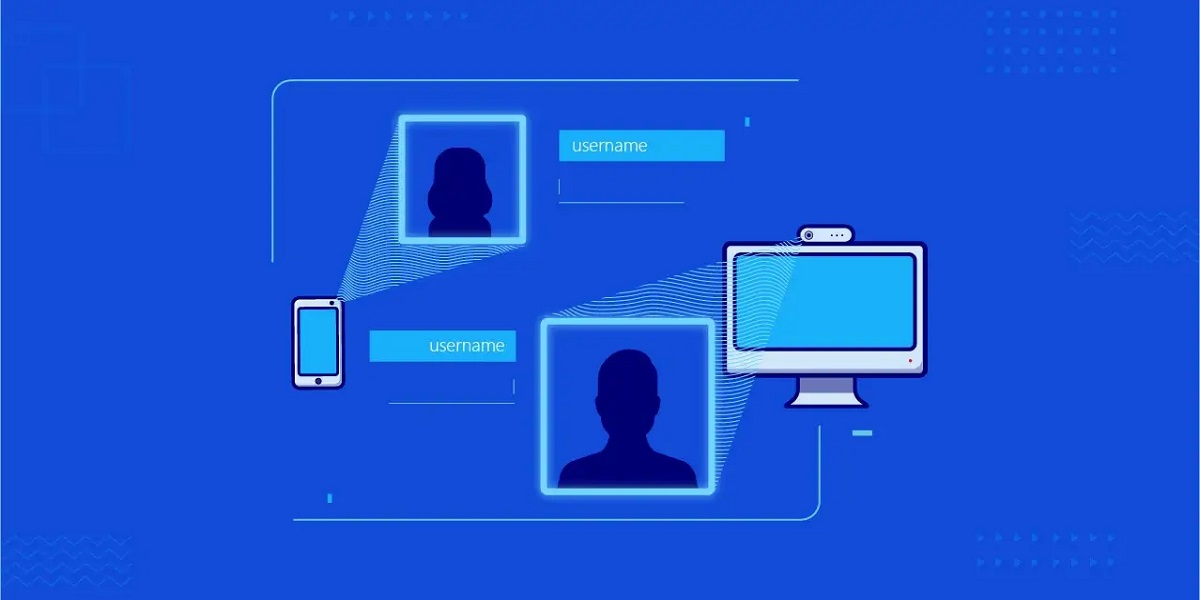
Top Facial Recognition Technology Trends for 2022
- By Prashant Pujara
- 09-09-2022
- Trends
The face recognition business is anticipated to be worth $9.6 billion by 2022. This is because technology has the potential to address an ever-increasing number of issues. In addition, face recognition technology has overtaken other types of biometric technology like voice fingerprint scanning, speech recognition, skin texture recognition, and texture recognition due to the fact that it does not need any kind of physical contact and can be deployed with relative ease.
Face recognition technology is now used by private companies, as well as government organizations, for the purposes of both surveillance and marketing. The following is a list of some of the most significant advances in image and face recognition anticipated in 2022.
1. Tailored Experience for Every Customer
It is anticipated that an increasing number of businesses will begin to use biometrics to provide a more personalized experience for their consumers. When customers can check in with their faces, they will have access to content tailored to them and their tastes. One of the most critical aspects of providing personalized service to consumers is providing access to online learning opportunities.
2. Home security systems can now incorporate facial recognition technology.
The installation of a camera on a doorbell as part of a home security system is becoming more widespread in today's society. This gives homeowners peace of mind while also helping protect their most valuable possessions. In addition, these systems will become more efficient and user-friendly due to advances in facial recognition technology.
Using home-based applications, for instance, it may be possible to integrate facial recognition technology to carry out tasks such as announcing the arrival of guests, providing remote access to a property, and many other similar tasks.
3. Health-Care Sector
The healthcare industry is investing in facial recognition technology to bolster security and avoid fraud in the face of chronic dangers posed by both physical and digital security breaches. Already, biometrics are being used in medicine for various purposes, including diagnosing illness and preventing fraudulent claims for medical insurance.
In the year 2022, it is anticipated that developments in facial recognition technology will be used in the health care industry for several reasons, including monitoring patients' prescription histories, diagnosing genetic disorders, and preventing health insurance fraud.
4. Can help you keep track of employee productivity
The best face recognition software provides several benefits over other types of biometric monitoring, such as fingerprint scanning, and it has the potential to replace other approaches. For example, monitoring employees' "arrival" and "leave" times is the use of facial recognition technology that is seen the most often in use today.
Because the system automatically records the times that employees clock in and leave, there is no requirement for employees to have their fingerprints or identification cards scanned as they punch in or out. The use of face recognition software also helps to drastically cut down on the number of administrative mistakes that are made.
Conclusion
Face recognition is here to stay; thus, we should stop worrying about how it will impact our privacy and start taking advantage of the many benefits it offers instead. However, the thousands of use cases that have been collected over the past few years demonstrate that, when used appropriately and with the consent of the people using the software, facial recognition contributes to the creation of a safer environment, providing outstanding security and enhancing customer experiences in a wide variety of contexts. Unfortunately, there are some examples of the inappropriate use of facial recognition technology.
Recent blog
.png)
Top 03 Audio Enhancers to Enhance Your Voice in Minutes
Technology | 18-04-2024.png)
Offshore and Nearshore Mobile App Development: A Guide
Mobile App Development | 17-04-2024.png)




